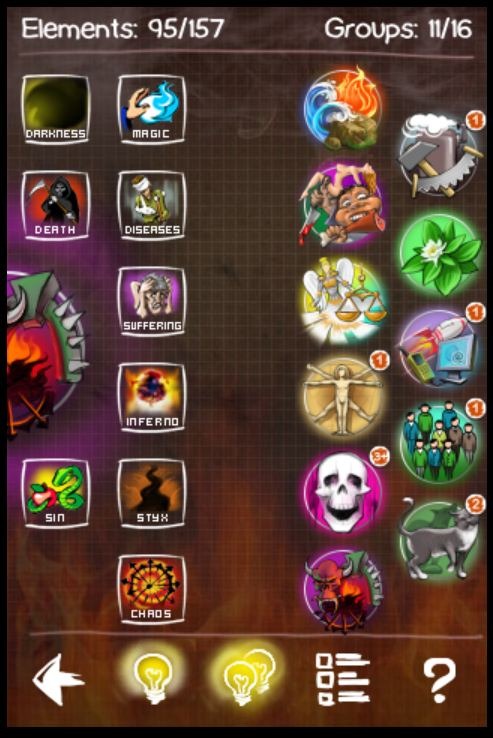

Achievements are attached to certain multipliers, so you can mindlessly press A for some Gamerscore, we suppose. It’s a bizarre inclusion because you’re given all the gold you could possibly need from the start, and you won’t need more unless you want to undermine the enjoyment of the game by buying solution after solution. One is a Devil Slots fruit machine, where you can ‘bet’ on rows of the machine, and the bet gets multiplied by the matching symbols that may or may not turn up. There are two completely inexplicable minigames attached to Doodle Devil: 3volution. These ruined vestiges of the mobile port can be found elsewhere. It’s about as inelegant as it sounds, and – surely – it wouldn’t have taken long to make these rewards unlocks, options, or anything else, really. But instead of ripping out the store and the other trappings of a monetised game (the game often tells you to ‘tap’ the screen, which tempted us to get out of the seat and start prodding our telly), it’s kept them all in and just shoved some cash in your hands. The answer is pretty simple, and you’ve probably anticipated it: Doodle Devil: 3volution was a free-to-play title on mobile, and it’s been ported, near-wholesale, to console as a paid game. But the real brain-twister is why is there a shop in the first place? This is a finite game, barely a couple of hours’ worth of gameplay, and Doodle Devil: 3volution has a game store that seems ripped from a free-to-play title, and then gives you enough currency to buy everything in it several times over. The power-ups, too, should be an unlock from the start, or at least something you can opt out of if needed, as they simply make the game better. The description of the power-up doesn’t portray it that way of course, so you’ll have to figure that one out yourself. So, if you have an element that has one match in total, but you have made that match already, well, Doodle Devil: 3volution will proudly shout ‘hey, this element has a match!’. We say ‘weird’ for a number of reasons: these power-ups don’t actually work as you’d expect, for a start, as they don’t show you feasible pairings now, they show you feasible pairings from the moment the game started. This last one, in particular, is manna from heaven. One applies borders to the elements, displaying whether they have a feasible match, while another stops you from making the same match that you’ve made before. We advise you to hop here straight away, as there are some quality-of-life improvers that you should have from the start. It has a shop, and you are given 10,000 coins to spend. To Doodle Devil: 3volution’s credit, it attempts to mitigate this problem, just in an extremely weird way. That’s the ‘impossible design problem’ of Doodle games, and we’re not convinced that they are wholly functional or enjoyable. There’s little joy to be had in it, but if you want to dodge the dead-ends and actually make progress, it’s essential. The game becomes a process, and you may as well be Homer Simpson’s bobbing bird toy. Everyone we’ve talked to does the same thing: you start methodically combining every element with every other element, working from row to row, ensuring that you haven’t missed a feasible match. So what happens? We devolve into the same pattern that we do in every Doodle game. It becomes some kind of torture as you wonder whether you’ve tried ‘fire’ on absolutely everything. You’ll forget that you’ve made a connection already, and a lengthy animation will produce the same element that you’ve had dozens of times before.
/image%2F2159070%2F20161020%2Fob_d3aa51_doodle-devil.jpg)
This isn’t just because some connections are illogical (they are) and some perfectly logical matches don’t lead to anything (they do, like the vampire and blood), but it’s because the number of elements soon becomes unmanageably large, and you lose track of what you have or haven’t matched. The problem is, playing logically leads to dead-end after dead-end.


 0 kommentar(er)
0 kommentar(er)
